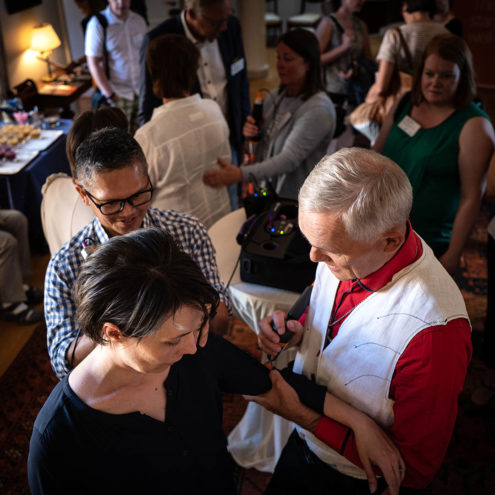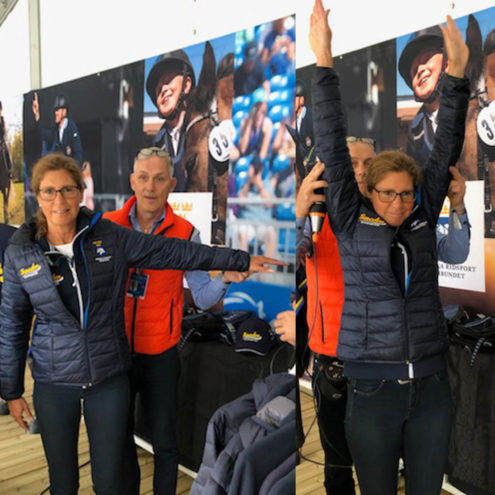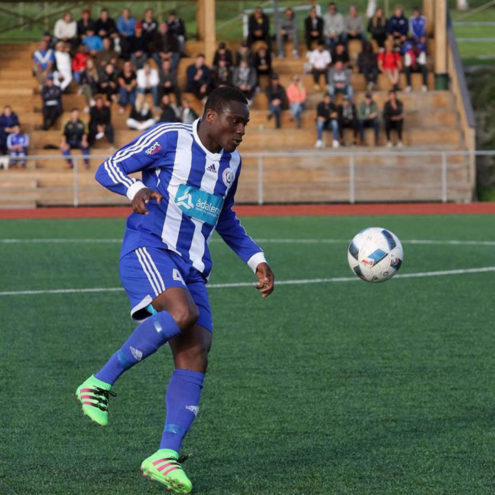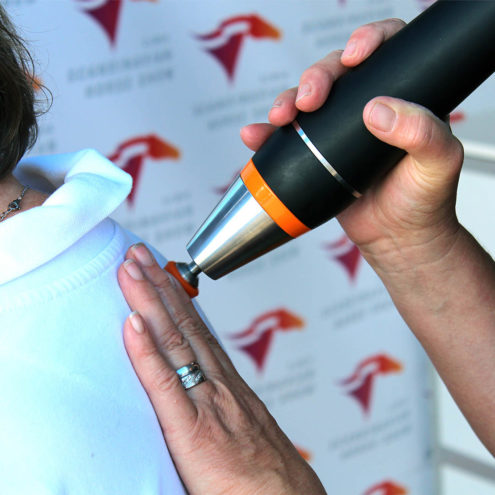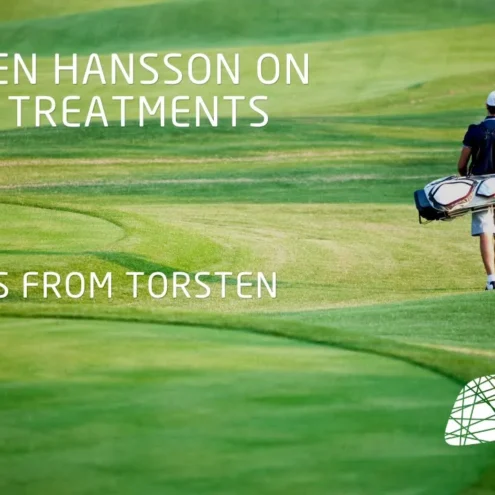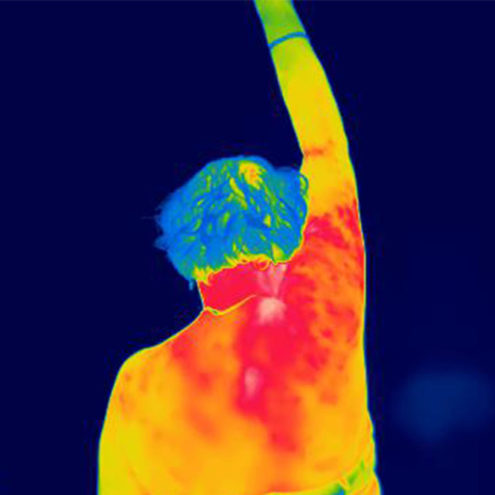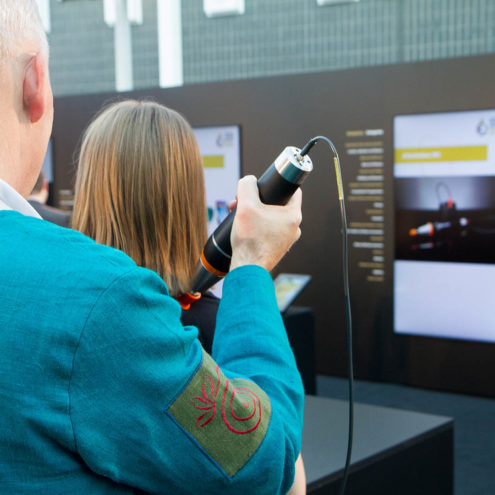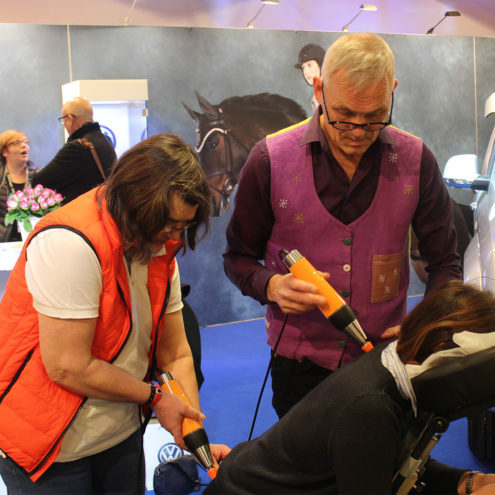Cruciate Ligament Injury: Symptoms and Treatment

Cruciate Ligament injuries are common among athletes and others who are physically active. These injuries can be serious and often require extensive treatment and rehabilitation. This article will provide a detailed overview of what cruciate ligament injuries are, their symptoms and how they are treated.
What is a cruciate ligament injury?
Description of the cruciate ligaments of the knee joint and their function
The cruciate ligaments in the knee joint consist of two ligaments that cross each other: the anterior cruciate ligament (ACL) and the posterior cruciate ligament (PCL). These ligaments are incredibly important for the stability and movement of the knee joint.
Anterior cruciate ligament (ACL)ACL : The ACL extends from the femur to the tibia and helps prevent the tibia from sliding forward in relation to the femur. It also plays a key role in stabilizing the knee during twisting movements.
Posterior cruciate ligament (PCL)PCL : The PCL also runs from the femur to the tibia, but is located behind the ACL. It prevents the tibia from sliding backwards under the femur and contributes to the overall stability of the knee.
Together, these ligaments work to keep the knee stable during movement and loading, which is critical for activities such as running, jumping and quick turns.
Common causes of Cruciate Ligament injuries
Cruciate Ligament injuries can occur for a variety of reasons, but they are often associated with sports and physical activity. Some common causes include:
Sudden stops or changes in direction: Rapid changes in the direction of movement can cause overstretching of the cruciate ligaments, which can lead to injury.
Direct trauma to the knee: Collisions or falls that result in twisting or overstretching the knee can damage the cruciate ligaments.
Incorrect landings after jumps: Landing incorrectly after a jump can put enormous stress on the cruciate ligaments, which can lead to an injury.
Overstretching: Overstretching of the knee, where the knee is bent too far backwards, can also damage the cruciate ligaments.
Symptoms of cruciate ligament injury
Acute pain and swelling in the knee after injury
The most immediate and obvious symptom of an cruciate ligament injury is a sharp, intense pain in the knee immediately after the injury. This pain is often followed by rapid swelling, which is due to bleeding inside the knee joint. The swelling can develop within a few hours and cause the knee to feel stiff and tender.
Feeling of instability or “give-fold” in the knee
Another common experience of a cruciate ligament injury is a feeling of instability in the knee. Many people describe the feeling that their knee will “give way” or collapse under them when they try to put weight on their leg.
Difficulty moving or putting strain on the knee
After an cruciate ligament injury, it can be difficult to move the knee due to pain and swelling. Putting weight on the leg can also be painful and difficult, making it hard to participate in physical activities such as walking and running.
Treatment of cruciate ligament injury
Conservative Treatment With Rest, Ice, Compression and Elevation (RICE)
The first line of treatment for an cruciate ligament injury is often conservative and involves the RICE principles:
Rest (Rest): Giving your knee time to heal by avoiding activities that could aggravate the injury.
Ice: Applying ice to the knee to reduce swelling and pain. Ice should be applied in 20-minute intervals several times a day.
Compression (Compression): Using an elastic bandage or knee brace to compress the knee and reduce swelling.
Elevation (Elevation): Keeping the knee elevated when resting, which helps to reduce swelling by improving blood flow away from the area.
Physiotherapy to strengthen the muscles around the knee and restore mobility
After the initial acute phase, physiotherapy is an important part of the treatment for an cruciate ligament injury. A physiotherapist can help develop an exercise program aimed at:
Restoring mobility: Specific exercises can gradually improve the mobility of the knee joint.
Strengthen muscles: Strengthening exercises focus on the muscles around the knee, including the quadriceps, hamstrings and calf muscles. Stronger muscles can help compensate for the damaged cruciate ligament and provide better support for the knee.
Improving balance and proprioception: Exercises that improve balance and body control can help reduce the risk of future injury and improve knee joint stability.
Surgical reconstruction of the damaged cruciate ligament if necessary
In many cases, especially in severe cruciate ligament injuries, surgery may be necessary. Surgical reconstruction involves replacing the damaged ligament with a graft that can come from the patient’s own body (autograft) or from a donor (allograft). The surgical procedure can be performed arthroscopically, which means that the surgeon uses a small camera and special tools to make smaller incisions and minimize tissue damage.
The surgery is followed by an extensive rehabilitation period, which can last several months. Rehabilitation includes gradually increasing exercises to restore mobility, strength and function to the knee. The goal is to return to normal activities and sports with a reduced risk of future injury.
How can we help you with your cruciate ligament injury?
At FasciaClinics, we take a holistic approach to treating the body. Our team of therapists use fascia therapy, a form of wellness treatment to relieve tension and pain in the body. The fascia is the network of connective tissue that binds and permeates everything in our body. All cells, tissues (even bone), muscles and organs contain fascia.
Fascia treatment focuses on releasing tension and adhesions in the fascia and increasing its flow. Reduced pressure and increased circulation allow cell membranes to more easily absorb nutrients and release waste products. Fascia treatment can thus promote the body’s own healing. The treatment provides a pleasant relaxation and does not hurt. It gets the whole body flowing and helps you balance your posture so that the body is evenly loaded.
During a visit, we analyze the whole body to see where compensations and imbalances are and how they have spread. If there is an imbalance in the body, there is a risk that it will spread and affect other structures such as muscles and joints. That’s why it’s very important to seek help quickly as soon as you notice any symptoms.
A fascia treatment is an excellent complement to your recovery. A fascia treatment for cruciate ligament injuries involves balancing the body to make the load on the knees more even. A more even load will reduce the wear and tear on the muscles and other structures of the legs. This can reduce the risk of further injury and increase the body’s recovery.
In the meantime, it is very important to follow the recommendations of your healthcare professional while you are undergoing fasciitis treatment in order to return to your activities as soon as possible.
Why choose FasciaClinics?
Expertise and experience: Our therapists and specialists have long experience and solid knowledge in the treatment of knee injuries and fascia therapy.
Personalized wellness care: We tailor each treatment to your specific needs and goals, ensuring you get the best possible help.
Holistic treatment: We look at the body as a whole and work to improve the overall function and health of your muscles and joints.
High-tech treatment methods: We use the latest techniques and methods in fascia treatment to optimize your recovery.
 Search
Search







